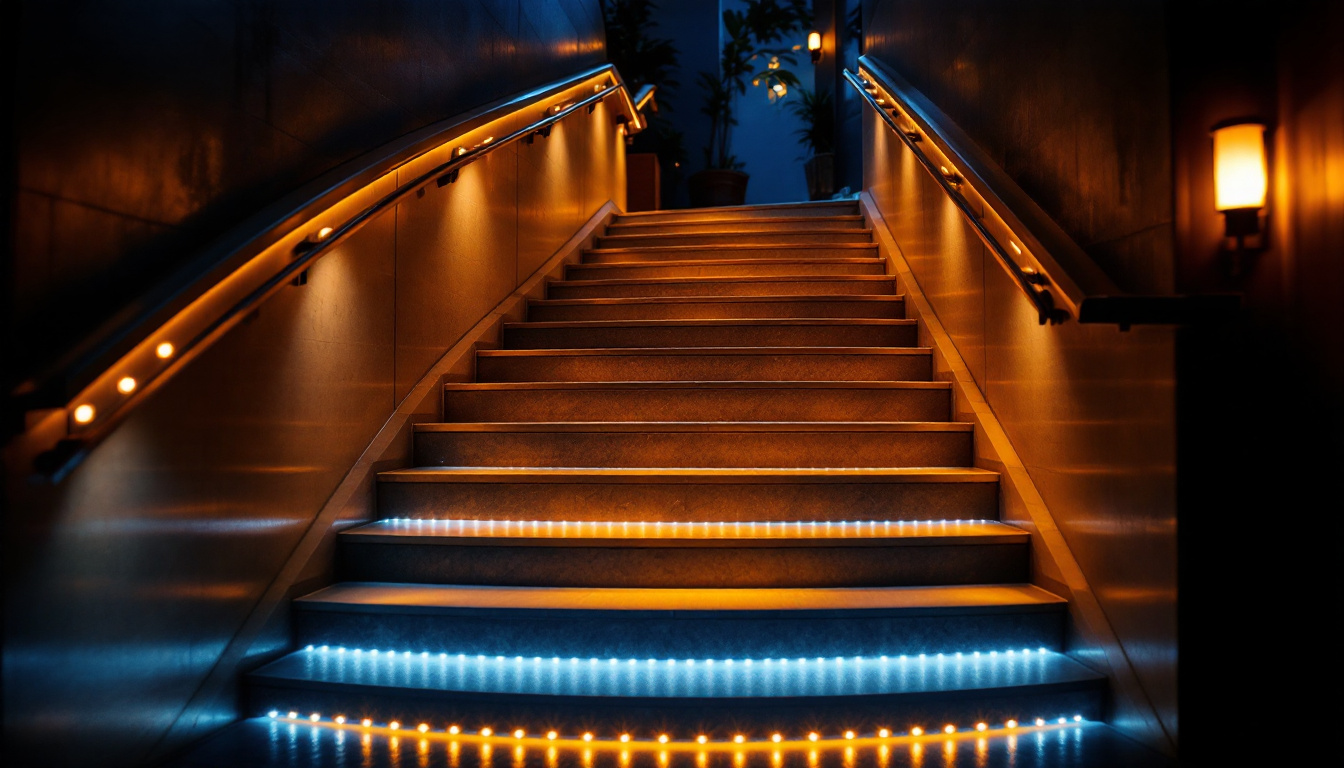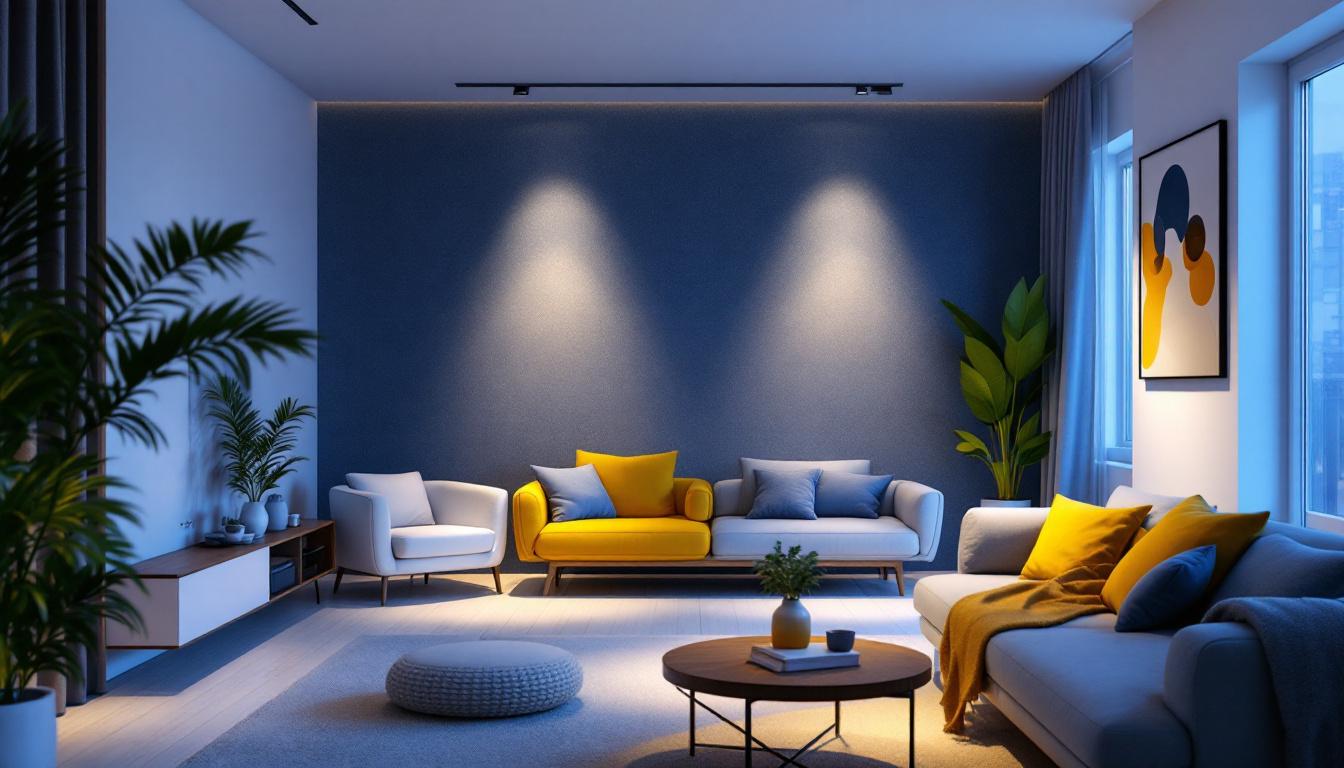
String lights have become a staple in both residential and commercial lighting projects, offering versatility, ambiance, and aesthetic appeal. For lighting contractors, mastering the installation and maintenance of portfolio string lights is essential to delivering high-quality, durable, and visually stunning lighting solutions. This checklist is designed to guide professionals through every critical step—from planning and product selection to installation and troubleshooting—ensuring projects are completed efficiently and to the highest standards.
Understanding the nuances of portfolio string lights not only enhances client satisfaction but also positions contractors as trusted experts in outdoor and decorative lighting. This article covers the essential considerations and best practices that lighting contractors should incorporate into their workflow.
Incorporating portfolio string lights into a project can transform ordinary spaces into enchanting environments, whether it’s a cozy backyard gathering or a bustling commercial venue. The variety of styles, colors, and bulb types available allows contractors to customize lighting solutions that perfectly align with their clients’ visions. For instance, warm white bulbs can create a welcoming atmosphere for intimate settings, while vibrant colored lights can energize a festive event. Additionally, understanding the various power options—such as solar, battery-operated, or hardwired systems—enables contractors to recommend the most suitable solutions based on the specific requirements of each project.
Moreover, the installation of portfolio string lights involves careful consideration of layout and design. Contractors should assess the space to determine optimal placement for maximum effect, taking into account factors such as height, distance, and surrounding elements. Utilizing tools like light spacing calculators and design software can aid in visualizing the final outcome, ensuring that the lighting enhances the overall aesthetic rather than detracting from it. Furthermore, proper installation techniques, including secure mounting and weatherproofing, are crucial for longevity and safety, particularly in outdoor settings where exposure to the elements can pose challenges.
Before selecting string lights, contractors must thoroughly evaluate the project environment. Factors such as the size of the area, mounting surfaces, weather exposure, and electrical accessibility play a crucial role. For example, outdoor installations require weather-resistant fixtures rated for damp or wet locations, while indoor projects may prioritize aesthetics and ease of maintenance.
Understanding the client’s vision is equally important. Are the string lights intended for ambient mood lighting, functional illumination, or decorative purposes? Clarifying this helps determine the appropriate bulb type, spacing, and brightness levels.
Portfolio string lights come in various styles including globe bulbs, Edison bulbs, LED mini lights, and festoon lights. Each type offers distinct advantages:
Contractors should also consider the bulb’s color temperature, measured in Kelvins (K). Warm white (2700K-3000K) creates a cozy atmosphere, while cooler temperatures (4000K-5000K) offer brighter, more functional lighting.
Calculating the electrical load is critical to prevent circuit overloads and ensure safety. Contractors must tally the wattage of all string lights and confirm that the power source can handle the total load with an appropriate margin. Using LED string lights significantly reduces power consumption and heat generation, which can simplify power management.
Additionally, determining the power source location influences cable routing and extension needs. Considerations include proximity to outlets, the feasibility of installing new circuits, and the use of outdoor-rated extension cords or power supplies.
Choosing high-quality string lights is fundamental to project success. Contractors should prioritize products certified by recognized safety organizations such as UL (Underwriters Laboratories), ETL (Intertek), or CSA (Canadian Standards Association). These certifications ensure compliance with electrical safety standards and durability under specified conditions.
Weatherproof ratings like IP65 or higher are essential for outdoor installations to guarantee resistance against dust and water ingress. Investing in premium materials such as UV-resistant cables and shatterproof bulbs extends the lifespan of the installation and reduces maintenance calls.
Working with reputable suppliers who provide clear warranty terms and responsive customer support is invaluable. A solid warranty protects contractors and clients against defects and premature failures, while reliable suppliers can expedite replacements or technical assistance when needed.
Contractors should also assess lead times and availability to align procurement with project schedules, avoiding delays that can impact client satisfaction and profitability.
Proper mounting hardware is crucial for a secure and aesthetically pleasing installation. Options include hooks, clips, cable ties, and mounting brackets designed specifically for string lights. Using the right accessories prevents sagging, reduces strain on wiring, and facilitates future maintenance or adjustments.
For commercial or high-traffic areas, consider tamper-resistant or lockable fixtures to enhance security. Additionally, integrating dimmers, timers, or smart controls can add value and functionality to the lighting system.
Before installation, conduct a thorough site inspection to identify potential hazards such as overhead power lines, unstable surfaces, or moisture-prone areas. Implementing safety measures like using insulated tools, wearing personal protective equipment (PPE), and ensuring proper ladder stability is non-negotiable.
Contractors should also verify that all electrical components are de-energized during installation and adhere to local electrical codes and regulations. Documenting the site conditions and safety measures taken can be beneficial for liability management.
Achieving an even and visually balanced layout requires careful measurement and planning. Use chalk lines, laser levels, or string guides to mark mounting points before drilling or attaching hardware. Maintaining consistent spacing between bulbs enhances aesthetic appeal and lighting uniformity.
When securing string lights, avoid over-tightening fasteners which can damage cables or bulbs. Leave slight slack to accommodate thermal expansion and wind movement, reducing stress on connections.
Ensure all electrical connections are tight, secure, and protected from moisture. Use weatherproof junction boxes, silicone sealants, and waterproof connectors where applicable. Ground fault circuit interrupters (GFCIs) are mandatory for outdoor installations to prevent electrical shock hazards.
Labeling circuits and documenting wiring diagrams facilitates future troubleshooting and maintenance, saving time and reducing errors.
After installation, conduct a comprehensive test of the entire string light system. Check for consistent illumination, flickering, or dead bulbs. Verify that dimmers, timers, and smart controls function correctly. Address any issues immediately to avoid client dissatisfaction.
Providing clients with a demonstration of the system’s operation and maintenance tips enhances their experience and reduces service calls.
Regular maintenance extends the life of string light installations and ensures safety. Contractors should advise clients to inspect bulbs, wiring, and mounting hardware periodically, especially after severe weather events. Replacing damaged bulbs promptly and tightening loose fittings prevents cascading failures.
Cleaning bulbs and cables with appropriate, non-abrasive materials maintains brightness and appearance. For commercial clients, offering maintenance contracts can create recurring revenue streams and strengthen client relationships.
Lighting contractors should be prepared to diagnose and resolve common issues such as:
Using a multimeter, circuit tester, and visual inspection tools can expedite troubleshooting. Maintaining detailed records of installations and repairs helps identify recurring problems and informs future project improvements.
Integrating smart controls such as app-based dimming, scheduling, and color-changing capabilities can significantly enhance the appeal of string light installations. These features offer clients convenience, energy savings, and customization options, making the lighting system more dynamic and user-friendly.
Lighting contractors should stay informed about emerging smart lighting technologies and compatibility to offer cutting-edge solutions that differentiate their services.
Keeping abreast of design trends enables contractors to recommend innovative lighting concepts that align with client preferences. Popular trends include layering string lights with other lighting types, using colored or vintage-style bulbs, and creating thematic lighting for events or seasonal displays.
Offering customization such as personalized bulb colors, logos on fixtures, or unique mounting patterns can elevate the project’s uniqueness and client satisfaction.
Documenting completed projects with high-quality photos and detailed descriptions helps contractors build a compelling portfolio. Sharing this portfolio on websites, social media, and client presentations attracts new business and establishes credibility.
Encouraging satisfied clients to provide testimonials and referrals further enhances reputation and market reach. Continuous education and certification in lighting design and installation also contribute to professional growth and client trust.
Portfolio string lights offer lighting contractors an exciting opportunity to blend functionality with artistry, creating captivating environments that delight clients. By following this comprehensive checklist—covering planning, product selection, installation, maintenance, and client engagement—contractors can ensure successful projects that meet safety standards and exceed expectations.
Staying informed about industry standards, emerging technologies, and design trends empowers lighting professionals to deliver innovative solutions that stand the test of time. Ultimately, meticulous attention to detail and a commitment to quality are the keys to mastering portfolio string light installations and growing a thriving lighting contracting business.
Ready to elevate your lighting projects with the charm and versatility of portfolio string lights? At LumenWholesale, we provide lighting contractors with the finest spec-grade lighting products at prices that can’t be beaten. Say goodbye to local distributor markups and hello to our extensive selection that meets rigorous industry standards. Plus, with free shipping on bulk orders, you can stock up on premium lighting without any hidden fees. Don’t compromise on quality or value—visit LumenWholesale today for Wholesale Lighting at the Best Value and light up your portfolio with confidence and style.

Explore the pros and cons of LED lights on stairs compared to alternative lighting solutions.

Discover the transformative power of modern canned lights through real-world success stories from lighting contractors.

Discover how commercial lighting solutions can transform your projects by boosting efficiency and reducing costs.

Discover the diverse world of LED lighting with expert insights from top lighting contractors.